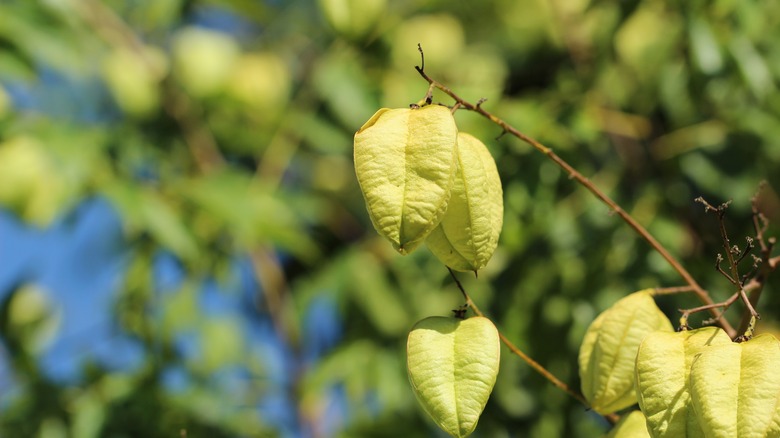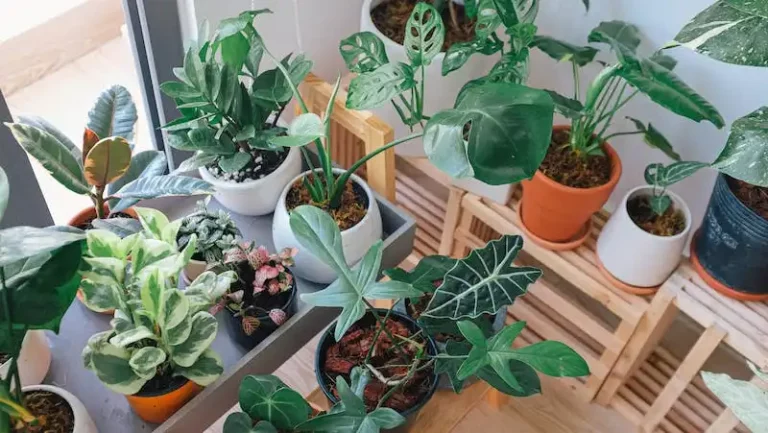Are you considering growing a Golden Rain Tree in your yard? It’s wise to weigh the pros and cons before making a decision. This tree, native to East Asia and widely known for its vibrant yellow flowers, can indeed be a magnificent centerpiece for any landscape. Yet, despite its beauty, the Golden Rain Tree comes with a set of challenges that warrant careful consideration. Firstly, the tree’s ornamental value is undisputed. In summer and fall, it presents a spectacular display of yellow flowers, adding a unique aesthetic to any garden. However, its lack of hardiness tempers its beauty. According to the University of Florida, this tree is particularly vulnerable to strong winds due to its brittle branches. The thin bark is also a cause for concern because it is susceptible to physical damage, necessitating routine maintenance. In terms of growth, the Golden Rain Tree is fast-growing, reaching heights of up to 40 feet with a spread almost as wide. This rapid growth, while beneficial for quick shade, can also contribute to the tree’s structural weaknesses.
Moreover, the Golden Rain Tree’s adaptability to various climates is worth noting. It thrives in both warm and temperate regions, showing a remarkable tolerance for urban conditions. This adaptability, however, is a double-edged sword. The tree’s resilience in diverse environments has contributed to its classification as an invasive species in some areas.
Navigating the challenges: pests and diseases of the Golden Rain Tree

The vulnerability of the Golden Rain Tree to the fungi-based disease Verticillium wilt is one of its main health issues. This pathogen can be particularly devastating, killing the leaves and, in severe cases, the entire tree. It’s essential to be vigilant for signs of this disease, as early detection can make a significant difference. Unfortunately, when this disease occurs, the only way to increase the tree’s resistance is with adequate watering and fertilization, since chemical treatments aren’t available.
In addition to diseases, pests can also disturb the tree. The Jadera bug is a common one. Also referred to as the Golden Rain Tree bug, they have distinct red and black markings and are often found in large numbers around the tree. While they don’t pose a serious threat to the tree’s health, their presence in great numbers can be a nuisance. Another pest to watch for is scale insects, which attach themselves to the branches and trunk. They sap the tree’s strength by feeding on its sap, leading to a general decline in health. While not typically fatal, these pests can weaken the tree and make it more susceptible to other issues. You control scale infestations with neem oil and various horticultural oils. Lastly, keep in mind that boxelder bugs also frequent the Golden Rain Tree but pose minimal threat. Recognizable by their black and red coloring, these bugs are more of a visual annoyance than a health concern for the tree.
Invasive nature and care measures

As mentioned earlier, the Golden Rain Tree is often described as invasive. According to the Missouri Department of Conservation, this has led to the Golden Rain Tree being labeled a nuisance, with recommendations against its planting. This invasive nature stems from its prolific seed production — the seeds can disperse widely and germinate readily. This trait, while aiding in the tree’s survival and spread, can result in unintended growth in various parts of your yard or beyond. To control this, regular removal of seedlings and careful disposal of seed pods is advised.
Aside from its invasiveness, the Golden Rain Tree requires specific care to thrive. Although it’s adaptable to different soil types, which makes it suitable for a variety of landscapes, it still prefers well-drained soil. It also loves ample sunlight, so be careful with placement. Also, keep an eye out for the young trees. They require regular watering, especially during dry periods. Mature trees exhibit notable drought tolerance. When it comes to fertilization, a light hand is recommended. Over-fertilizing might cause it to become even more invasive. Lastly, you may also need to prune the tree to maintain its shape and help it develop a stronger, more resilient branch structure. This is particularly important given the tree’s susceptibility to wind damage due to its brittle branches.




